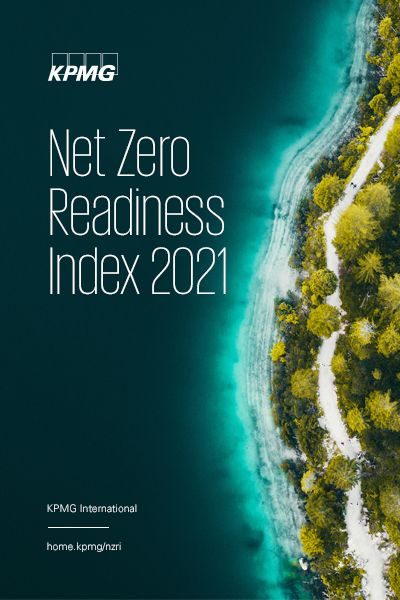Russia has seen its emissions intensity by GDP increase while many countries have cut it, but has major opportunities to improve through modernization and efficiency. Its single electricity grid can help balance supply and demand over most of the country.
Baseline emissions
Russia is the fourth-largest emitter of greenhouse gases, producing 1,992MtCO2e in 2018. It performs poorly on emissions intensity momentum scaled by GDP in the NZRI having seen this rise by 3 percent between 2010 and 2018 while best-placed Sweden almost halved it. But this unsustainable growth gives it opportunities to make relatively swift progress.
Vladimir Lukin, Partner in Operational Risk and Sustainability Group at KPMG in Russia, says the country could reduce its greenhouse gas emissions by around 700MtCO2e annually (35 percent of the current level) through modernization and efficiency measures in industry, transportation and in forestry. “It’s a great opportunity for the Russian Federation,” he says, as well as the difference it would make to global emissions. “It might take three, five or 10 years, but this potential really exists.”
Lukin adds that improved forestry management could make up a big part of Russia’s contribution to tackling climate change, given the very large areas of forest and its potential to lock away carbon naturally.
Electricity and heat
Russia has a single electricity grid covering most of the country, which can be used efficiently to balance supply and demand across a very large area. Although hydroelectric and nuclear power make significant contributions, gas is the largest source with coal also significant. Russia’s Energy Strategy 2020 sets out a plan to scale up liquid natural gas to sufficient levels to cover 25 percent of global demand. Lukin says that moving away from coal in particular requires economic and societal transformation in some communities that currently rely on it for jobs.
There may be opportunities to expand use of renewables, particularly in western Russia, although installing equipment in remote locations can make such generation uneconomical. In January 2021, a pilot carbon emissions trading scheme was given the go-ahead on the country’s largest island of Sakhalin as part of a roadmap to achieve Net Zero carbon emissions by 2025.1
Renewables mix
Transport is currently fossil fuel-based, but in December 2020 Russian President Vladimir Putin set a target for the development of hydrogen-driven buses by 2023, followed by trains.2 The country has already established a research program in this area. Lukin says that electric vehicles could also be useful, but their contribution to decarbonization depends on whether electricity generation has moved away from fossil fuels.
Hydrogen also has potential in removing emissions from energy-intensive industries such as metal production, with use of the direct reduced iron process replacing blast furnaces as an interim step. The EU’s plans for import taxes based on carbon intensity are likely to act as a driver for Russian industrial companies to cut emissions. This does not apply to construction companies, but they are seeing increasing demands for green buildings from clients, with improved insulation paying strong dividends given wide temperature ranges.
Contributor

Vladimir Lukin
Partner, Operational Risk and Sustainability Group,
KPMG in Russia
1 'Russia’s far East in race to net zero emissions', UN Climate Change, 29 March 2021. https://unfccc.int/news/russia-s-far-east-in-race-to-net-zero-emissions
2 ‘Russia should develop hydrogen-fueled bus by 2023, President Putin says’, Sputnik, 30 December 2020. https://sputniknews.com/russia/202012301081612176-russia-should-develop-hydrogen-fueled-bus-by-2023-president-putin-says/



